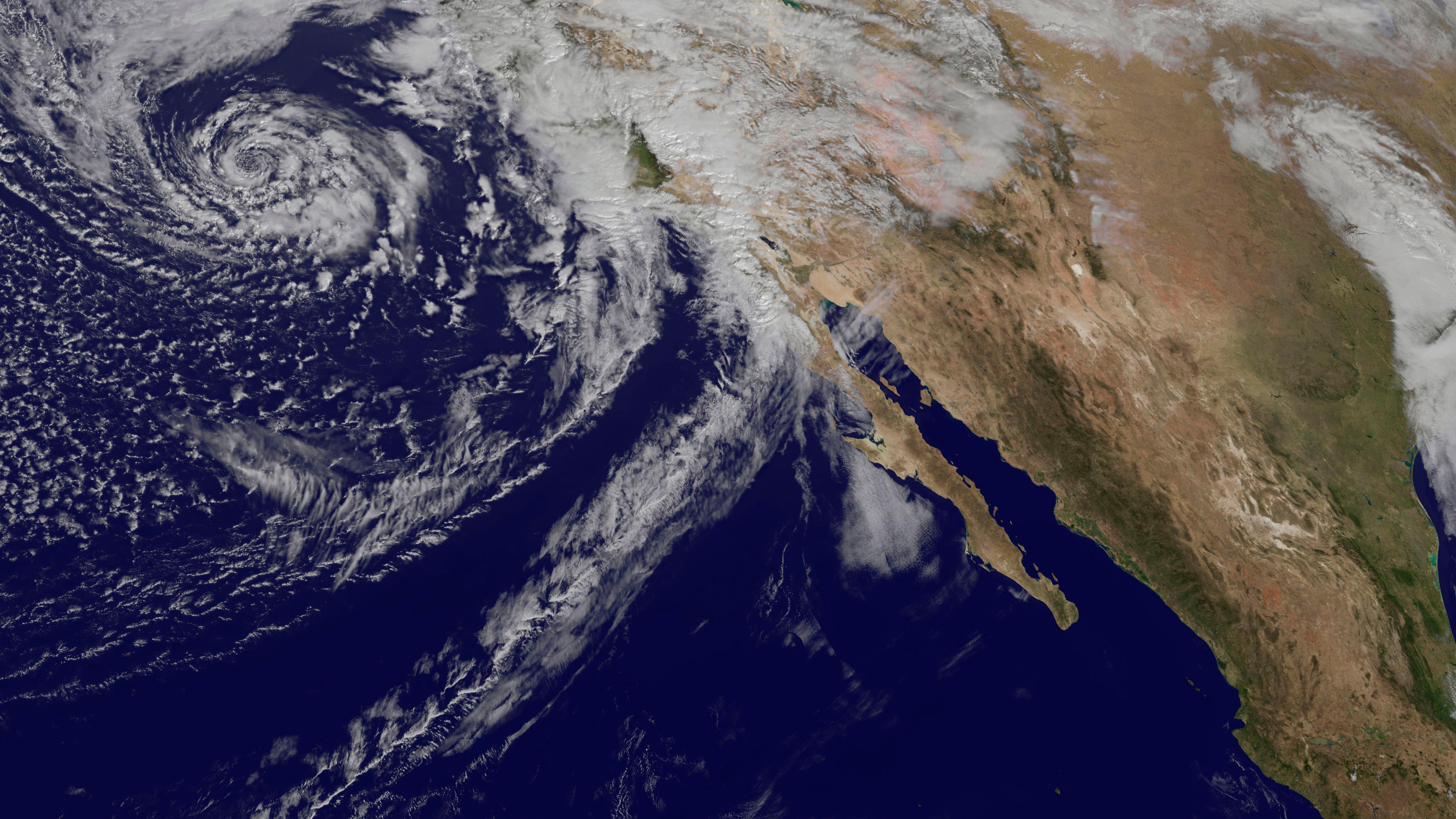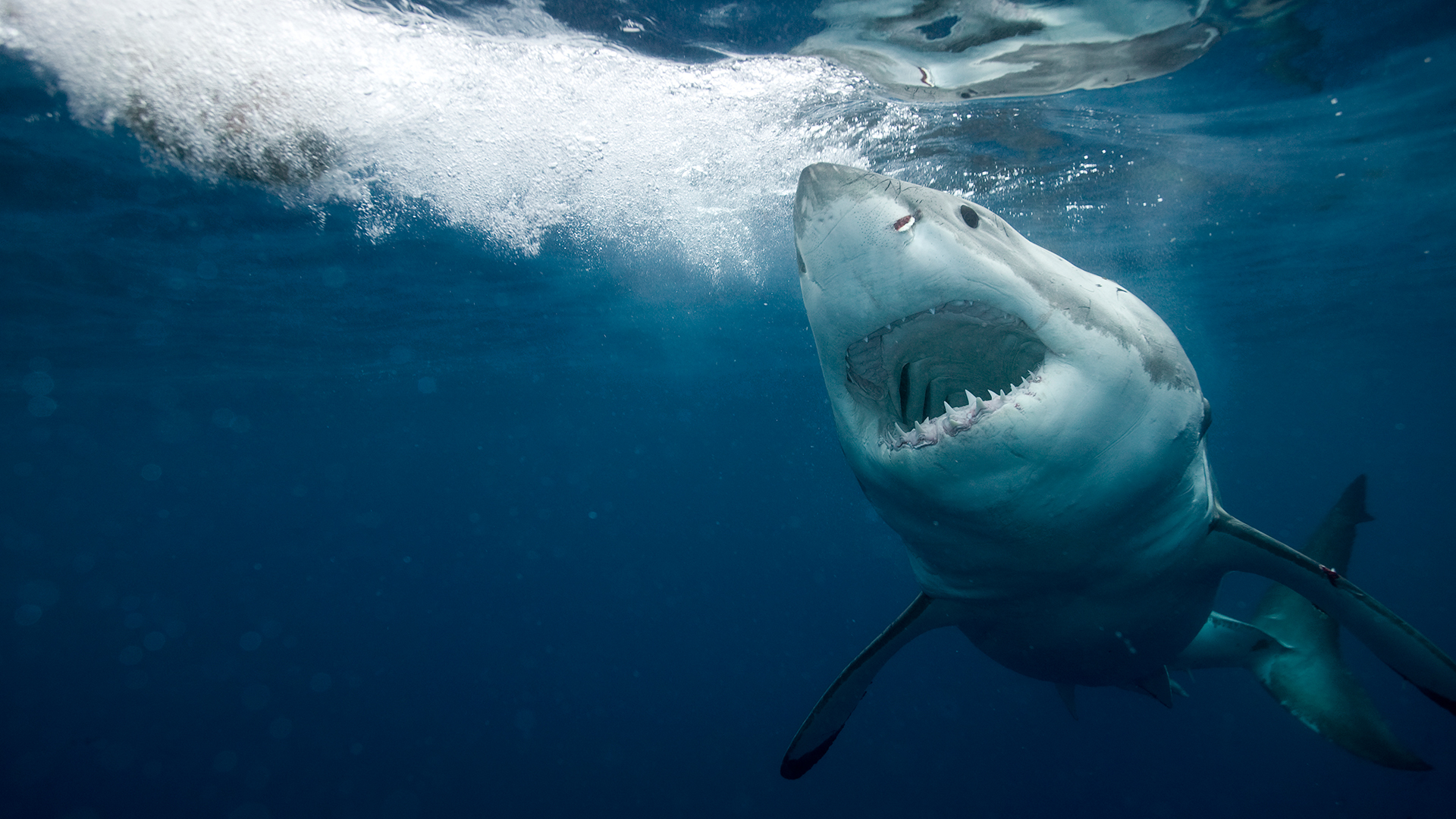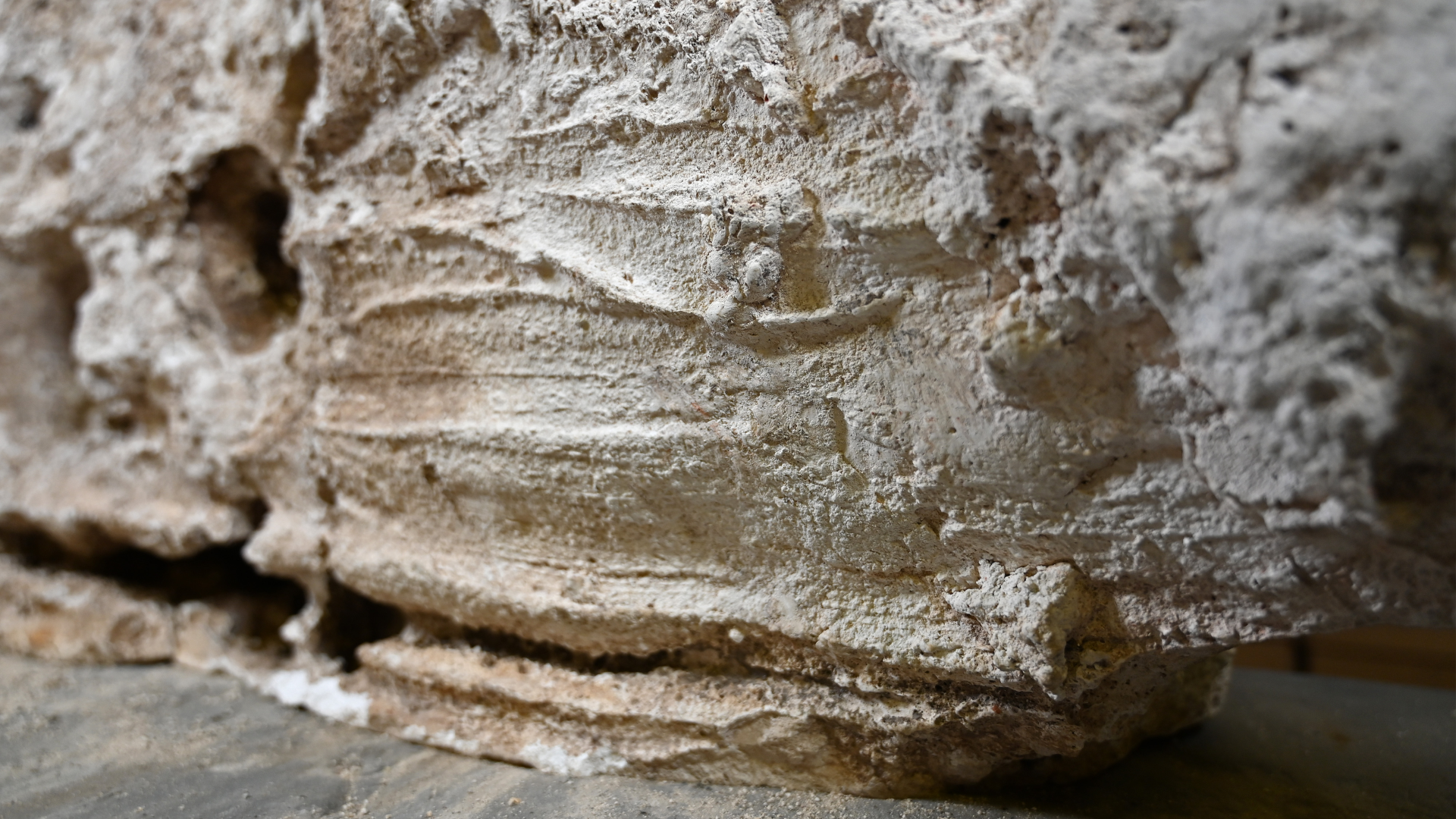White Shark Café: The mysterious meeting spot for great whites in the middle of the Pacific Ocean
Every winter and spring, great white sharks that usually dwell off the coast of California gather in a remote section of ocean the size of Colorado — and scientists are slowly piecing together why.

Name: White Shark Café
Location: Mid-Pacific Ocean
Coordinates: 24.794477, -134.888853
Why it's incredible: The patch of ocean is a gathering spot for great white sharks, and scientists don't quite understand why.
The White Shark Café is a mysterious meeting spot for great white sharks (Carcharodon carcharias) located in the Pacific Ocean, halfway between Baja California and Hawaii. The sharks undertake a month-long journey from their usual habitat off the coast of California to reach the Café. The region was long thought to be an oceanic desert hosting very little life, raising questions about its role in the life of great whites.
Barbara Block, a professor of marine sciences at Stanford University's Hopkins Marine Station, came up with the name "White Shark Café" while researching the migration patterns of North Pacific great whites using electronic tags. Between 1999 and 2000, Block and her colleagues tagged six sharks off the coast of California, and examined their movements for up to six months.
Related: A really big shark got gobbled up by another, massive shark in 1st known case of its kind
Four of the sharks swam southwest toward Hawaii and remained in a remote patch of ocean the size of Colorado throughout winter and spring, revealing for the first time that North Pacific great whites spend extended periods of time in the open sea. The data also showed that the sharks took unusually deep dives down to about 1,500 feet (450 meters) below the surface in this location, leaving the scientists puzzled.
Over the following years, the researchers realized it wasn't just a handful of adventurous great whites that were migrating offshore but large crowds of them, deepening the mystery. The Californian coast offers great whites a rich food buffet of elephant seals and other marine mammals, so scientists couldn't fathom why the sharks traveled to a seemingly barren spot in the middle of the Pacific.
In 2018, a research team led by Block followed great whites to their Pacific lair to understand why the Café has become a gathering place. The researchers tagged 20 sharks using satellite tags that were programmed to drop off after a predetermined period of time, and later retrieved 10 tags containing information about the sharks' movements and deep-diving behavior. They also collected information about environmental conditions and marine life at the Café.
Instead of a watery desert, the researchers found an ocean oasis, according to a statement released at the time. Deep layers of microscopic algae and rich communities of marine animals showed the Café was much more lively and biologically productive than scientists thought, suggesting great white sharks gather there every year for food. Why the sharks actively seek out this food instead of the cornucopia that is their usual habitat is unclear.
Get the world’s most fascinating discoveries delivered straight to your inbox.

"We found a high diversity of deep-sea fish and squids (over 100 species), which in combination with observations made by the ROV [remotely operated vehicle] and DNA sequencing, demonstrate a viable [food source] to support large pelagic organisms such as sharks and tunas," Block said in the statement.
The sharks' diving patterns mirrored the daily cycles of animals that migrate up and down the water column, suggesting great whites were following their food. But the dives also raised questions about a possible mating behavior, which researchers are still trying to work out.
Male sharks increased their diving activity in April, plunging up to 140 times per day, but the habits of females remained the same, the San Francisco Chronicle reported at the time. Researchers are still scratching their heads about what this might mean, but some experts suggest males could be diving deeper to increase their chances of mating.
Discover more incredible places, where we highlight the fantastic history and science behind some of the most dramatic landscapes on Earth.

Sascha is a U.K.-based staff writer at Live Science. She holds a bachelor’s degree in biology from the University of Southampton in England and a master’s degree in science communication from Imperial College London. Her work has appeared in The Guardian and the health website Zoe. Besides writing, she enjoys playing tennis, bread-making and browsing second-hand shops for hidden gems.


